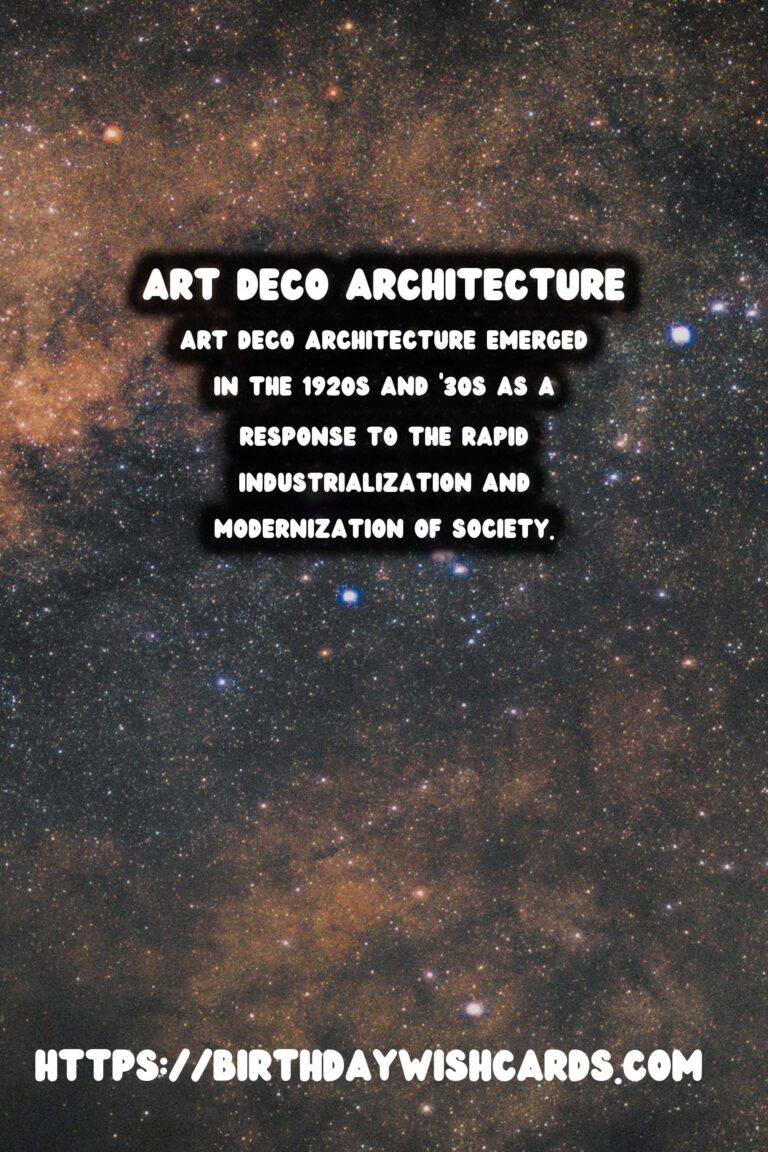
Art Deco architecture emerged in the 1920s and ’30s as a response to the rapid industrialization and modernization of society. As a design movement, it presented a shift from traditional forms to a more contemporary style, characterized by rich colors, bold geometric shapes, and lavish ornamentation.
The Origins of Art Deco
The Art Deco movement originated in France before World War I, but it came to public attention during the 1925 Exposition Internationale des Arts Décoratifs et Industriels Modernes held in Paris. The term ‘Art Deco’ was derived from the name of this exhibition. The style was seen as a representation of luxury, glamour, exuberance, and faith in social and technological progress.
Key Characteristics of Art Deco Architecture
Art Deco buildings often feature a combination of traditional craft motifs and Machine Age imagery, distinguished by their ornamental and geometric style. Rectilinear forms, sleek lines, and clever use of materials like aluminum, stainless steel, and inlaid wood are common. The Chrysler Building in New York City and the Palais de Chaillot in Paris are quintessential examples of Art Deco architecture.
Global Spread and Influence
While its roots were European, the Art Deco style spread globally, adapting to local cultures and climates. In the United States, it became particularly associated with the booming urban environments of cities like New York, Miami, and Los Angeles. In parts of South America and Asia, Art Deco merged with local traditions to create unique interpretations.
The Decline and Revival of Art Deco
By the 1940s, the appeal of Art Deco architecture began to wane, overshadowed by the rise of Modernism. However, its popularity resurged in the late 20th century, as enthusiasts and preservationists recognized its artistic and cultural significance. Today, Art Deco continues to be celebrated for its aesthetic contribution to the architectural landscape.
Conclusion
Art Deco architecture stands as a testament to an era of innovation and glamour. Its historical roots offer insight into a time when society embraced new advances while holding onto artistic traditions. As we look toward the future, Art Deco remains a beloved inspiration for architects and designers worldwide.
Art Deco architecture emerged in the 1920s and ’30s as a response to the rapid industrialization and modernization of society. The Chrysler Building in New York City and the Palais de Chaillot in Paris are quintessential examples of Art Deco architecture. 
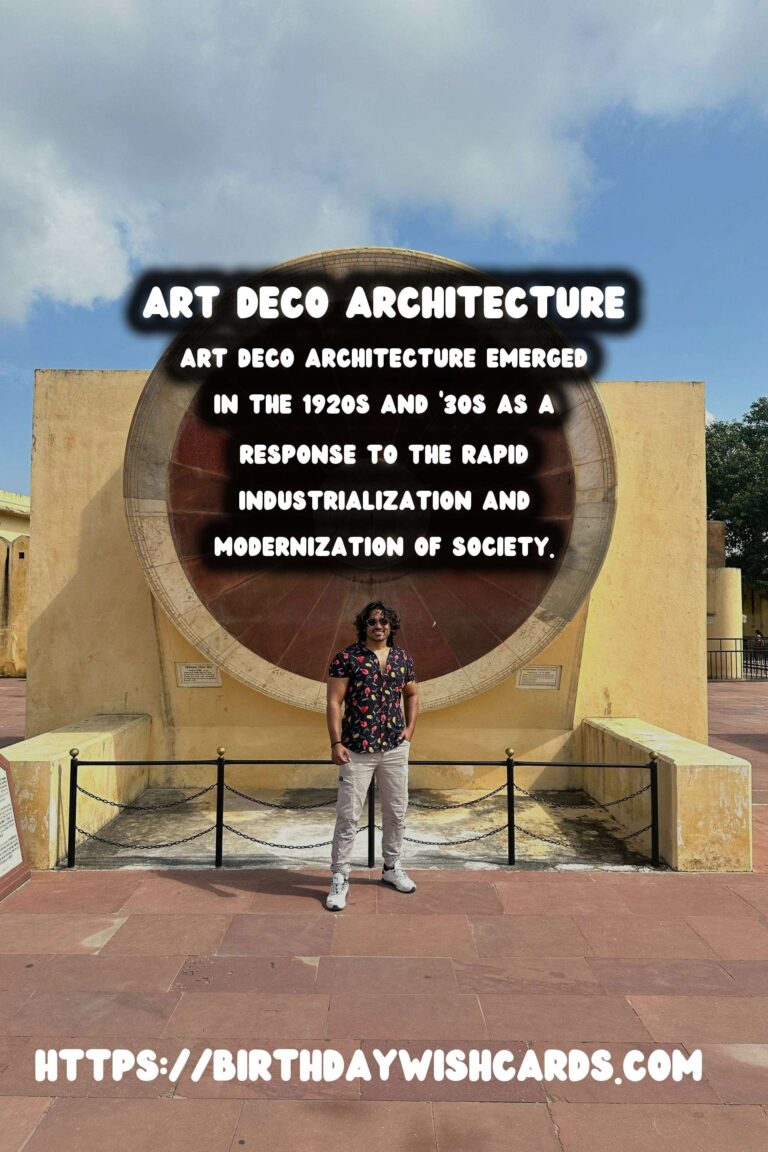
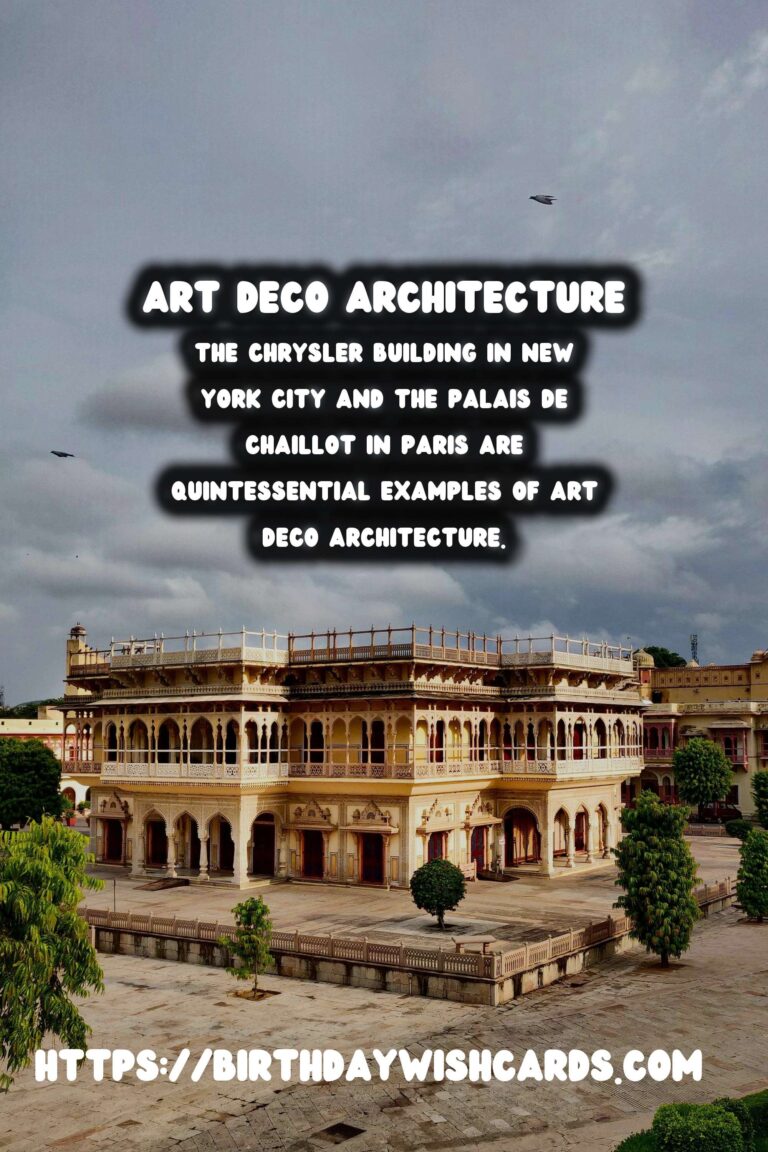
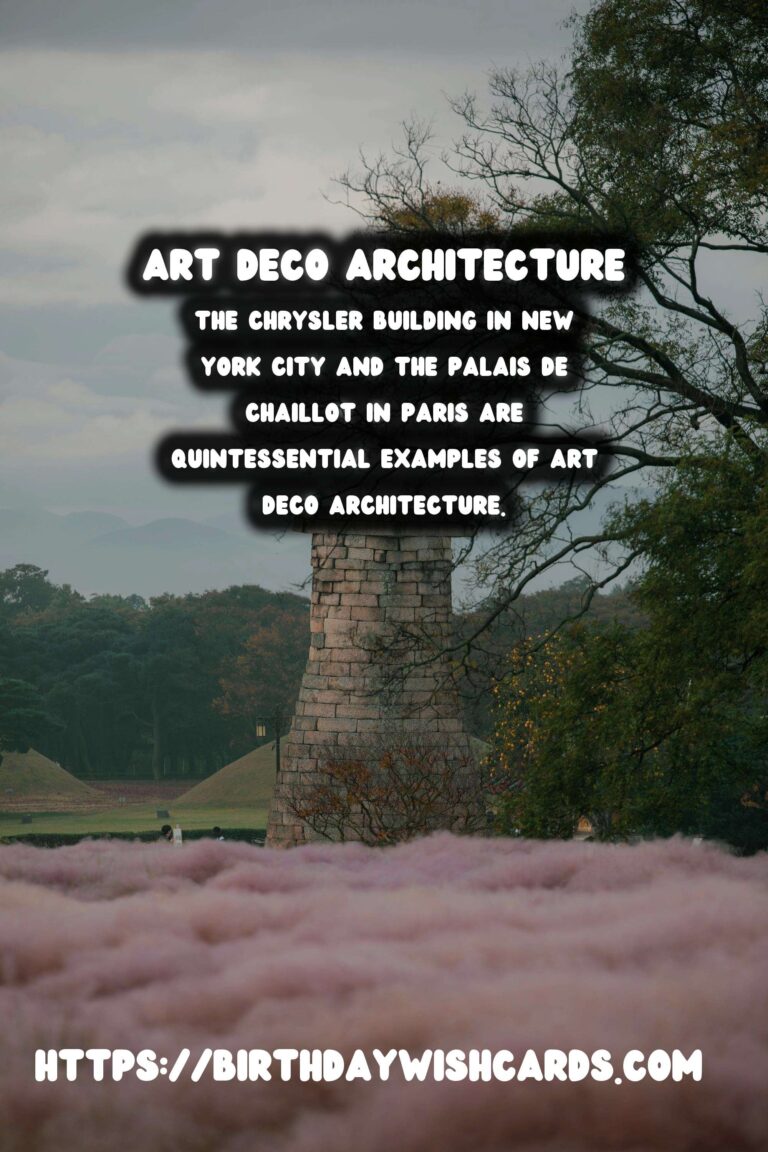
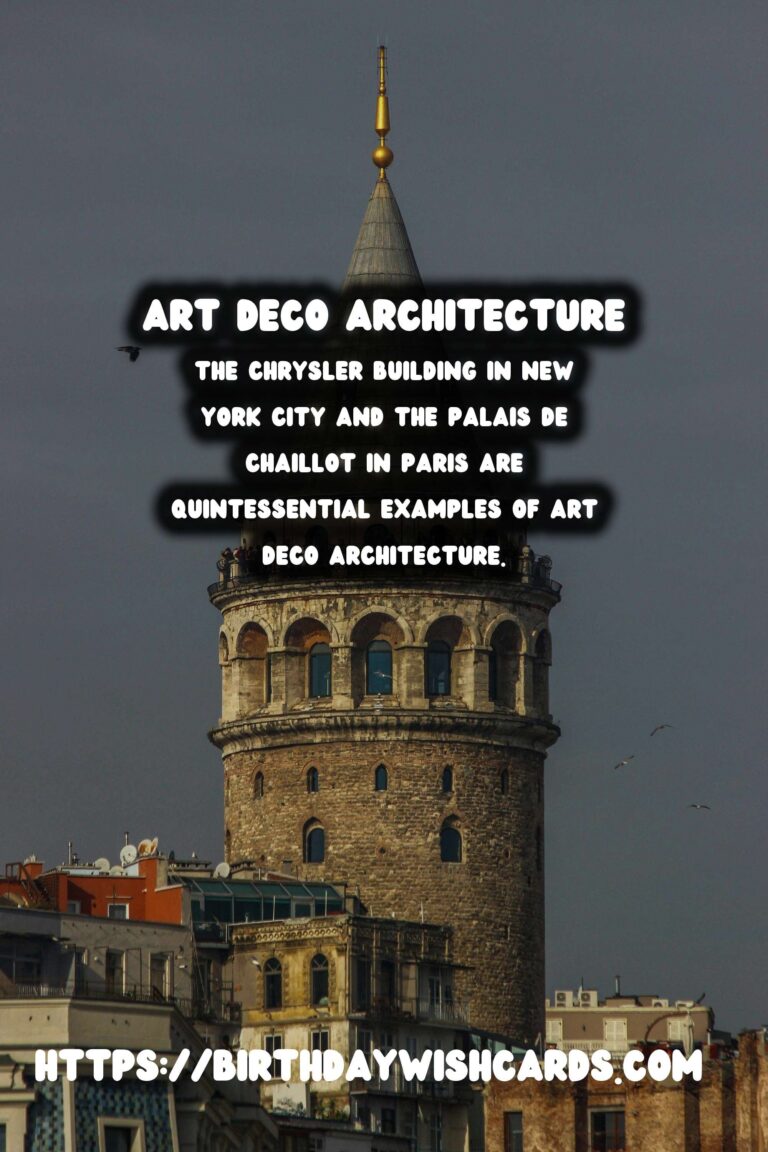
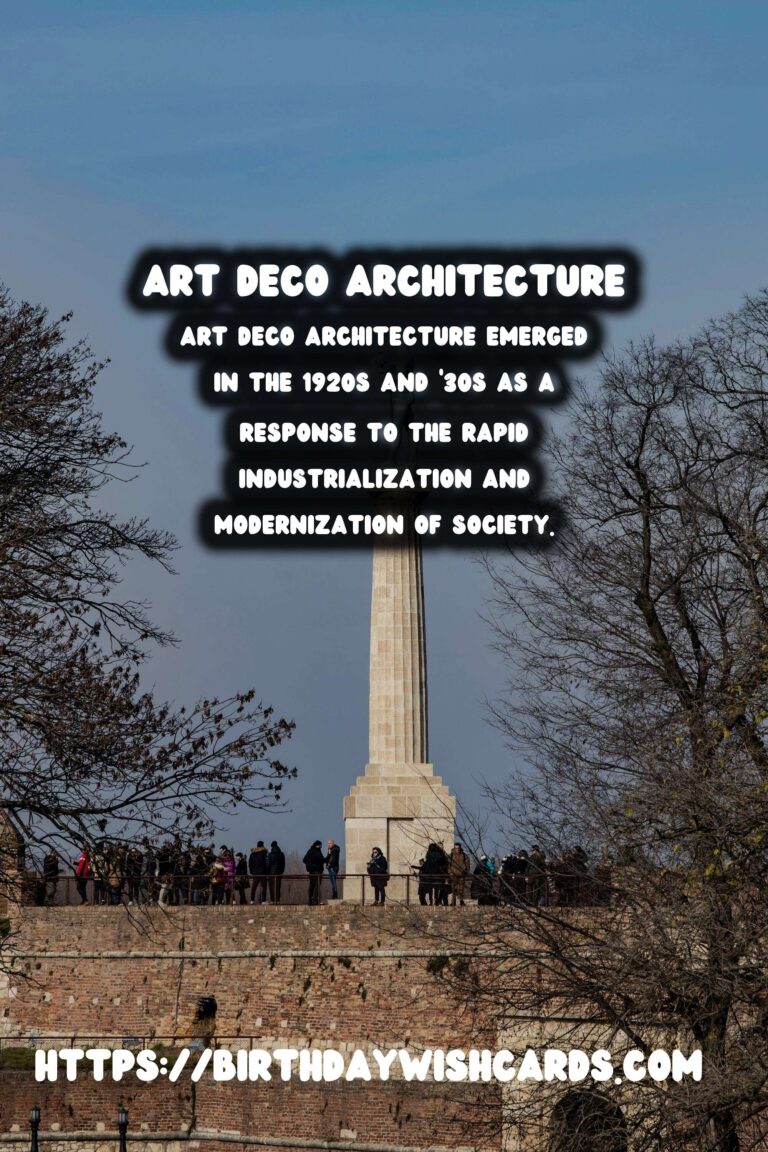
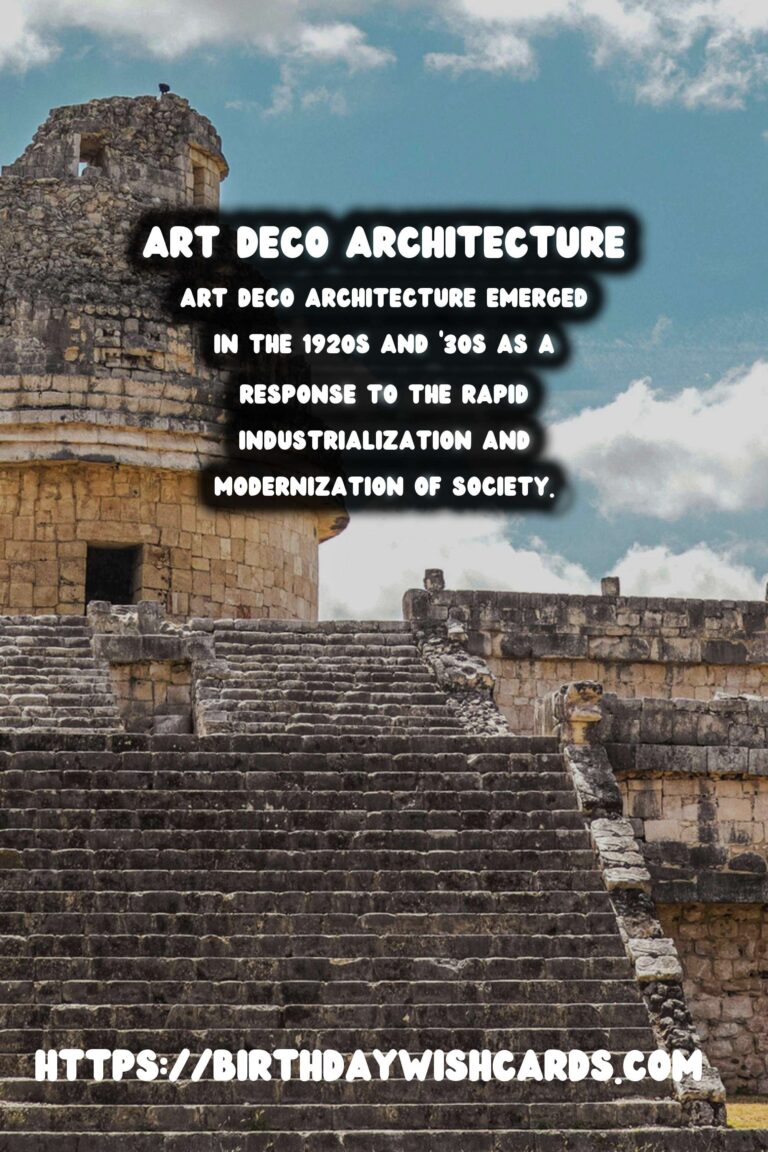
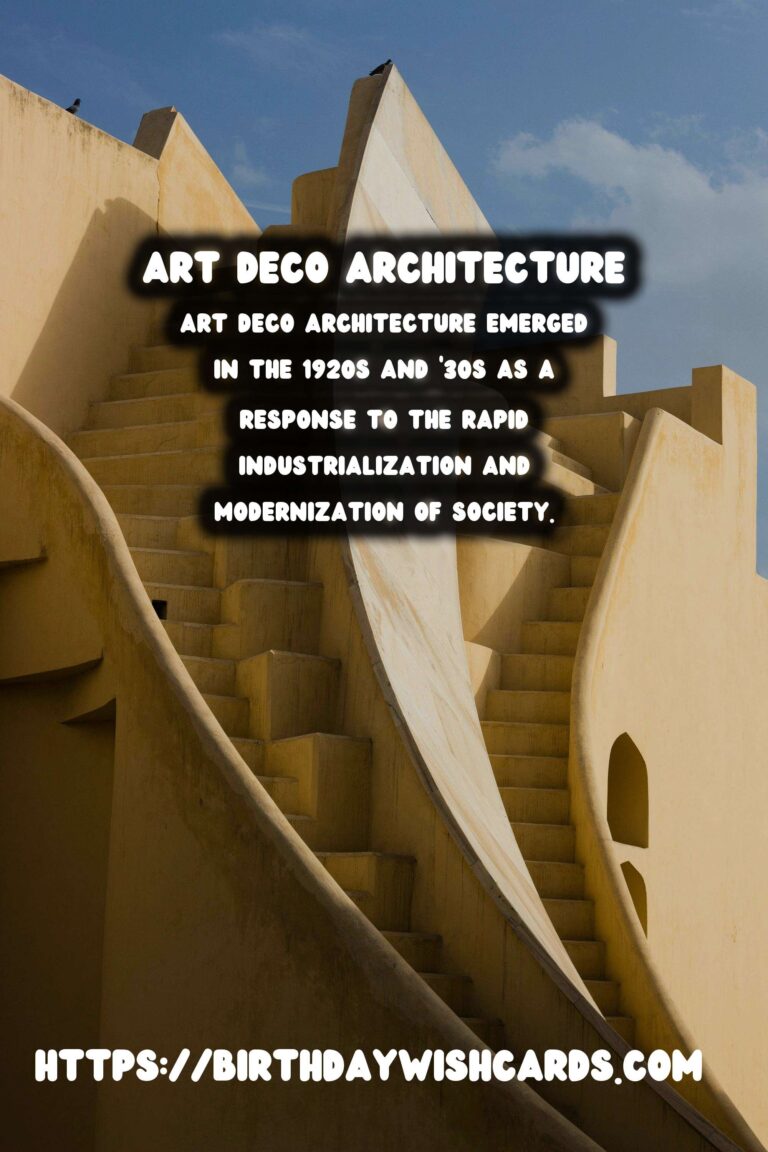
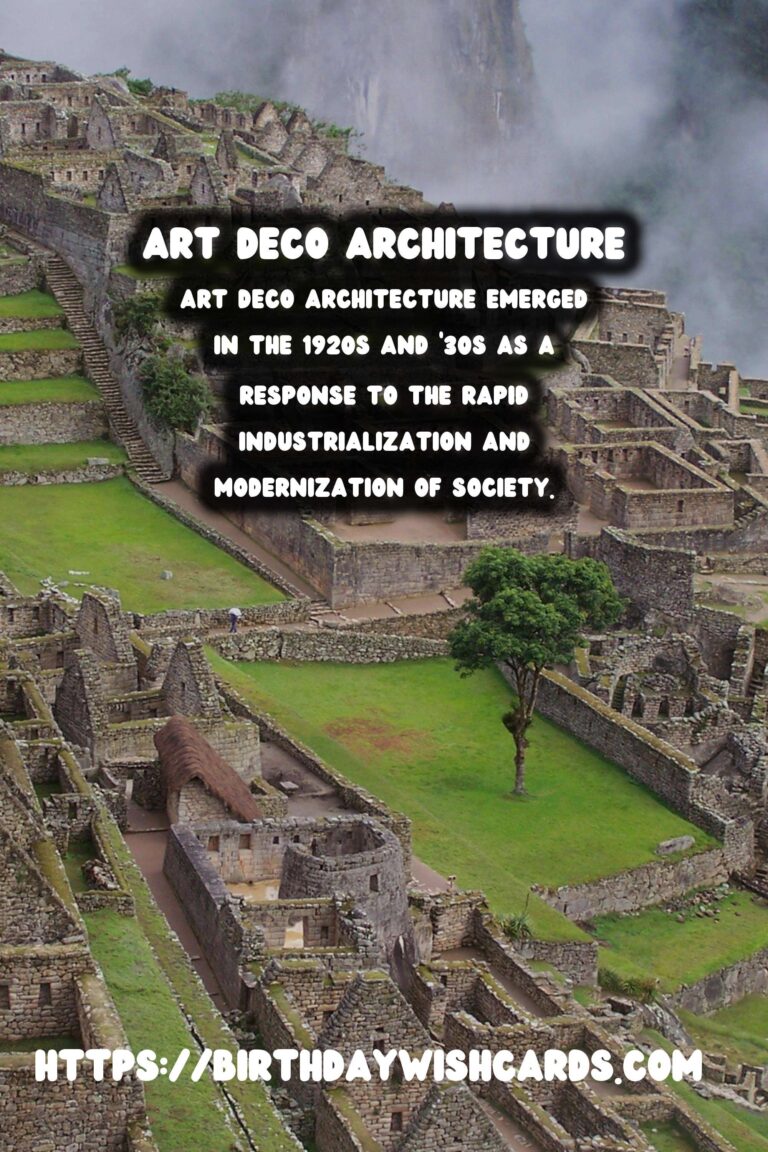
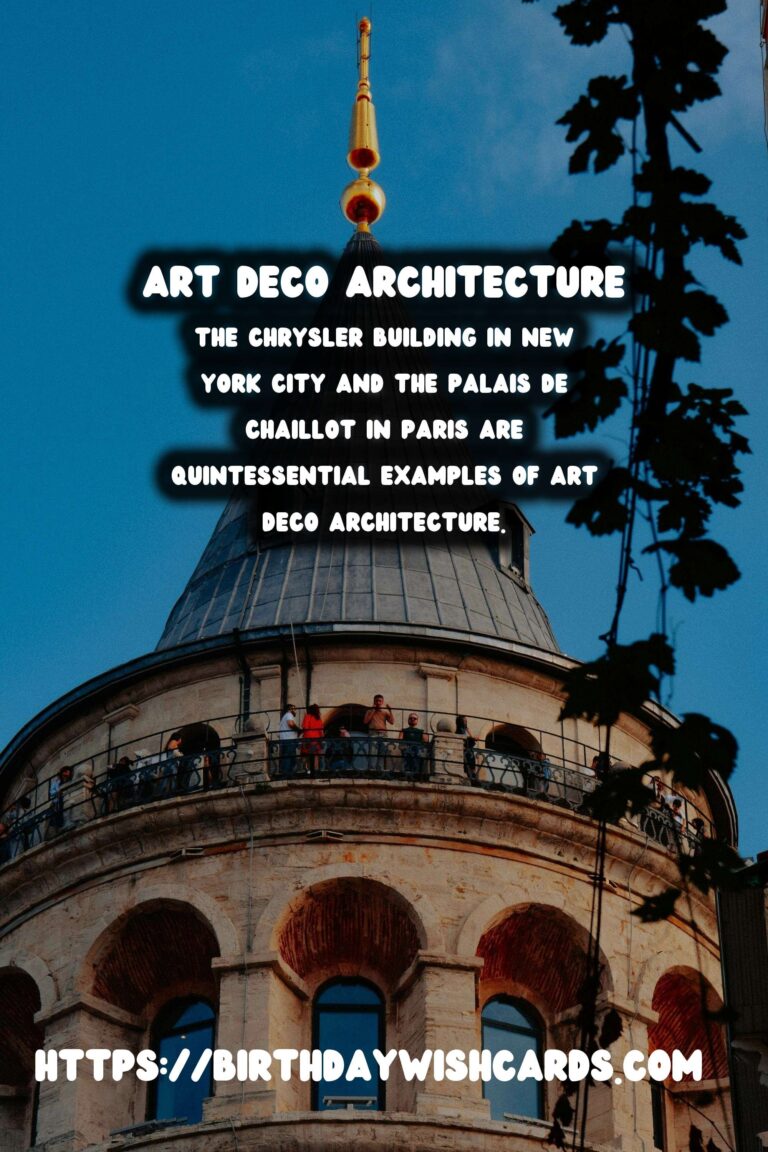
#ArtDeco #Architecture




